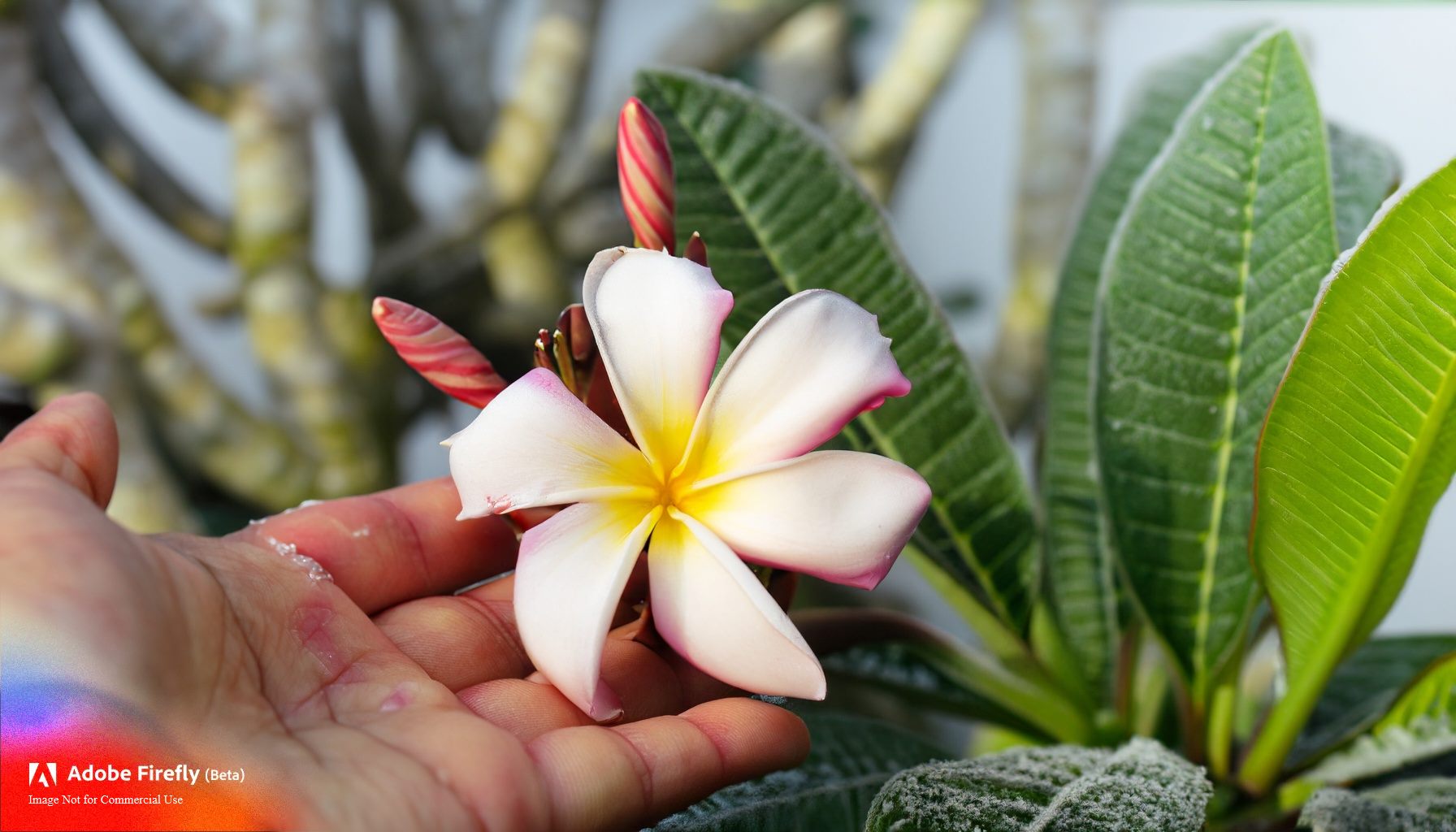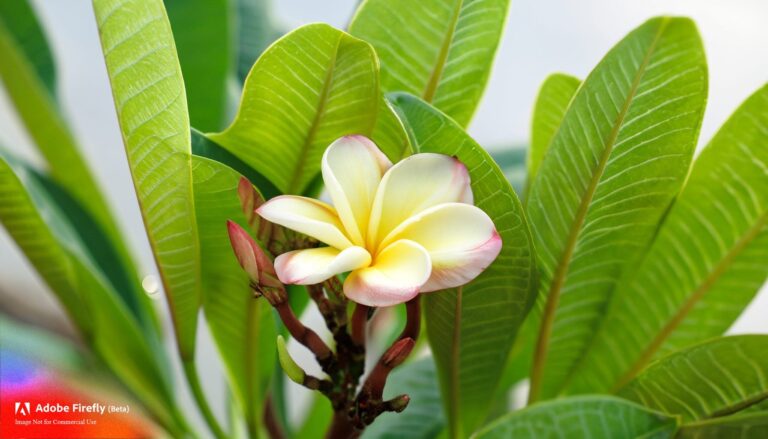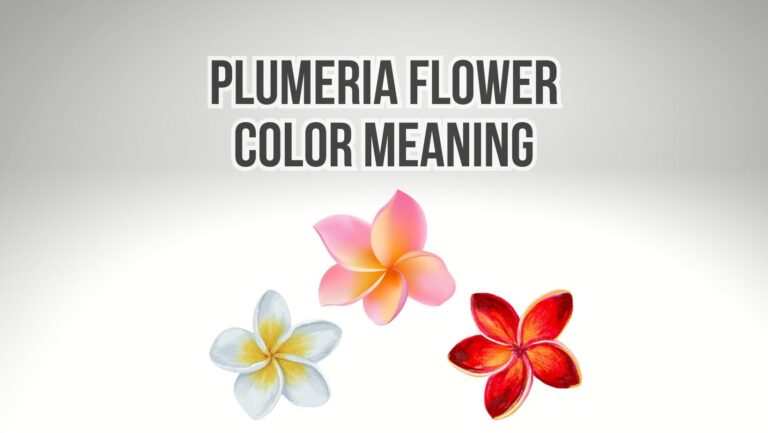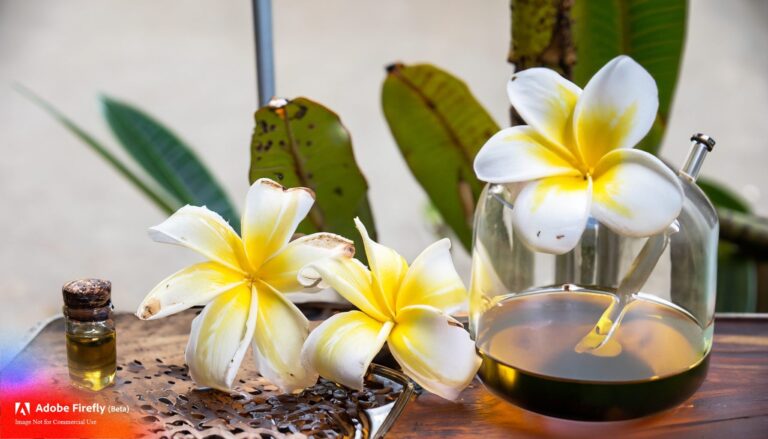
Plumeria, or frangipani, is a stunning and fragrant tropical plant known for its vibrant and colorful flowers. At the same time, native to warm and tropical regions, plumeria enthusiasts in cold climates can successfully grow and care for these beautiful plants with proper attention and care. This comprehensive guide will provide you with a step-by-step approach to ensure your plumeria thrives even in colder environments.
Understanding Plumeria
Before delving into the care specifics for cold climates, it’s essential to understand the characteristics of the plumeria plant. Plumerias require plenty of sunlight, warmth, and well-draining soil to flourish. They are sensitive to cold temperatures and can be prone to frost damage, making their survival in colder climates more challenging.
- Choosing the Right Variety
When selecting plumeria varieties for colder climates, opt for hardier species or cultivars. Varieties that are more cold-tolerant will have a better chance of surviving and thriving in colder temperatures. Some cold-tolerant plumeria varieties include ‘Celadine,’ ‘Kauka Wilder,’ and ‘Singapore.’
- Growing Conditions
a. Sunlight: Plumerias require a minimum of 6 hours of direct sunlight each day. If you’re growing them indoors, place them near a south-facing window to ensure they receive sufficient light.
b. Temperature: Plumerias are sensitive to cold temperatures and can’t survive frost. Once the temperatures drop below 50°F (10°C), it’s time to bring your plumeria indoors or implement protective measures.
c. Soil: Well-draining soil is crucial for plumerias to prevent root rot. Use a mix of cactus potting soil and perlite to ensure proper drainage.
d. Container vs. Ground: In colder climates, it’s often best to grow plumerias in containers. This allows you to bring them indoors during the colder months and control their environment more effectively.
- Planting and Repotting
a. Container Size: When planting or repotting plumerias, choose a container that provides ample space for growth. A slightly larger pot will allow the roots to expand, but avoid using pots that are too large, as this can lead to overwatering.
b. Repotting: Repot your plumeria every 2-3 years to refresh the soil and provide necessary nutrients. Spring is the best time for repotting, just before the growing season.
Caring for Plumeria in Cold Climates
- Winter Storage
a. Indoor Transition: As temperatures start to drop in the fall, bring your plumeria indoors. Choose a bright and sunny spot, like a south-facing window, to provide the necessary light. Aim to maintain temperatures around 50-60°F (10-15°C).
b. Pruning: Before bringing the plumeria indoors, give it a light pruning to remove any dead or damaged branches. This will encourage new growth and maintain a compact shape.
c. Reduced Watering: Plumerias are dormant during the winter months, so they require less water. Allow the soil to dry out between waterings to prevent overwatering and root rot.
- Watering and Fertilizing
a. Spring Awakening: As the weather warms up in the spring and you see new growth, gradually increase watering. Water thoroughly, but ensure the soil has proper drainage.
b. Fertilization: Feed your plumeria with a balanced, water-soluble fertilizer with a higher phosphorus content to encourage flower production. Start fertilizing in the spring and continue every 4-6 weeks throughout the growing season.
- Pest and Disease Management
a. Inspect Regularly: Keep an eye out for common pests like aphids, whiteflies, and mealybugs. Regularly inspect both sides of the leaves and stems for any signs of infestation.
b. Treatment: If you notice pests, gently wash the plant with a strong stream of water or use insecticidal soap. Neem oil can also be effective in controlling pests.
c. Fungal Issues: Ensure proper air circulation and avoid overwatering to prevent fungal diseases. If you notice signs of fungal growth, trim affected areas and consider using a fungicide.
- Summer Care
a. Outdoor Transition: Once all danger of frost has passed and the temperatures are consistently warm, you can move your plumeria back outdoors. Gradually acclimate the plant to direct sunlight to prevent sunburn.
b. Watering: During the active growing season, water the plumeria thoroughly whenever the top inch of soil feels dry.
c. Pruning and Deadheading: Regularly remove spent flowers and any dead or unhealthy growth to encourage continuous blooming.
Conclusion
Caring for plumeria in cold climates requires a combination of careful planning, proper winter storage, and diligent attention to the plant’s needs throughout the year. By selecting cold-tolerant varieties, providing adequate sunlight, maintaining the right temperature, and adjusting watering and fertilization practices according to the seasons, you can successfully grow and enjoy these exotic beauties even in less-than-ideal climates. With patience and a well-executed care routine, your plumeria will reward you with its captivating fragrance and stunning blooms year after year.






